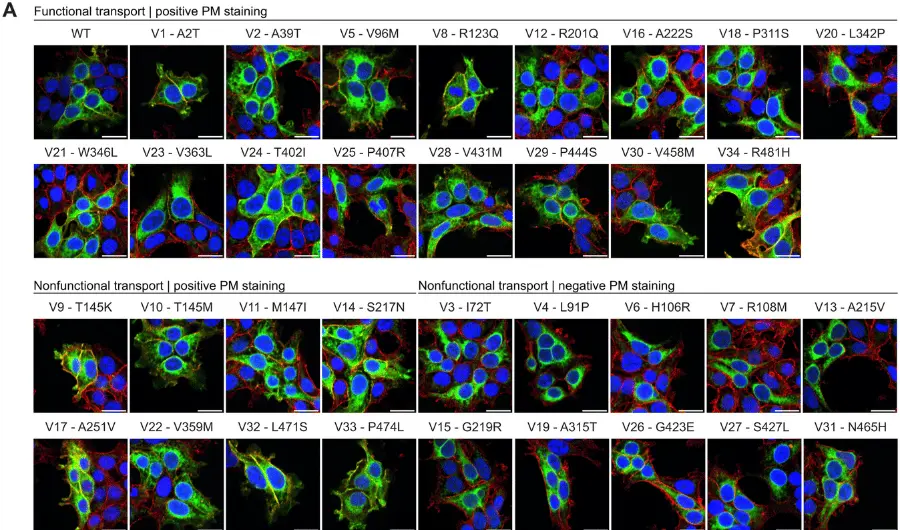Risk-Benefit Assessment of Treatment of Epileptic Women of Childbearing Age With Valproic Acid
October 1, 2020
Abstract, originally published in Seizure
Aim: Valproic acid (VPA) is a widely used anti-epileptic drug (AED) of demonstrated efficacy. However, its teratogenic effects have resulted in many regulatory agencies recommending that it should not be administered to women of childbearing age unless they are taking contraceptives. The aim of this study was to determine the willingness of candidate patients to change their treatment and to monitor the evolution of their attitude.
Methods: We identified patients aged between 15 and 45 years old who had been diagnosed with epilepsy and were being treated with VPA. A shared decision-making visit was arranged, during which variables related to their epilepsy were recorded. The patients were informed about the teratogenic effects of VPA and the risks/benefits of a change in treatment. The patient, or legal guardian, then freely chose the course of treatment that they wished to follow. On a follow-up visit, six months later, seizure control and tolerance to the chosen treatment were recorded. The variables related to each patient’s willingness to their change treatment were analysed.
Results: A total of 60 patients, with a median age of 32.7 years, were included in the study. Of these, 25 (41.7%) suffered some form of intellectual disability. Only one (1.7%) had poor seizure control. After the initial visit, 41 patients (68%) opted to continue with the VPA treatment, six opted to stop receiving VPA, and 13 decided to switch to another AED. The median age of the patients who opted to change treatment was significantly lower than that of those who opted to continue with the VPA treatment (29.1 vs. 34.4, p = 0.024). The absence of intellectual disability (p = 0.047) and a length of treatment of less than five years (0.016) were both significantly associated with the decision to change treatment. Of the 19 patients who changed treatment, nine (47%) returned to the initial treatment with VPA.
Conclusions: Despite being informed of the teratogenic risk associated with VPA, a significant number of patients and legal guardians opted to continue with this treatment; the reasons given for this were the low possibility of pregnancy and the risk of breakthrough seizures. In almost half the cases studied, the pharmacological alternatives to VPA were poorly tolerated and did not provide a good level of seizure control.







